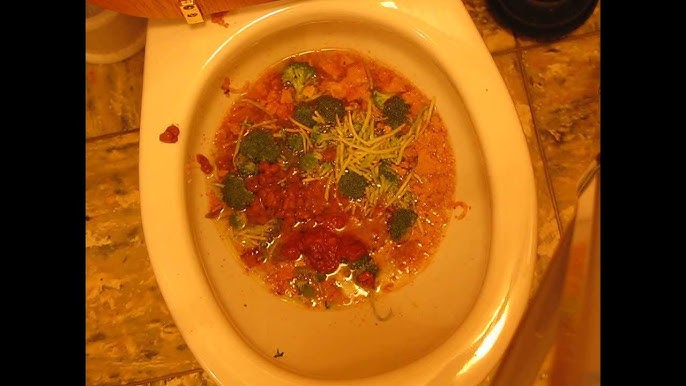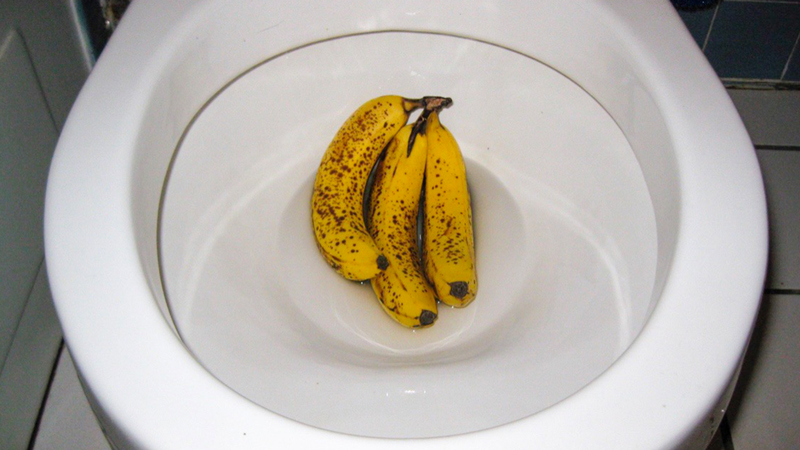Is it Sensible to Dispose of Food in the Toilet?
Is it Sensible to Dispose of Food in the Toilet?
Blog Article
Right here underneath you can find a good deal of awesome guidance relating to What Can Happen If You Flush Food Down the Toilet?.

Introduction
Many individuals are typically faced with the dilemma of what to do with food waste, especially when it pertains to leftovers or scraps. One usual question that arises is whether it's okay to purge food down the toilet. In this write-up, we'll look into the reasons that individuals may take into consideration purging food, the repercussions of doing so, and different methods for proper disposal.
Reasons individuals could think about flushing food
Lack of recognition
Some people may not recognize the potential damage caused by flushing food down the commode. They may mistakenly think that it's a harmless method.
Ease
Purging food down the commode may appear like a quick and easy service to getting rid of undesirable scraps, particularly when there's no nearby trash can offered.
Idleness
In many cases, individuals may just select to flush food out of sheer negligence, without taking into consideration the repercussions of their actions.
Consequences of flushing food down the bathroom
Environmental impact
Food waste that ends up in waterways can contribute to air pollution and damage aquatic environments. In addition, the water utilized to flush food can strain water sources.
Plumbing concerns
Flushing food can result in clogged up pipes and drains, triggering expensive pipes fixings and inconveniences.
Sorts of food that must not be flushed
Coarse foods
Foods with coarse appearances such as celery or corn husks can obtain tangled in pipes and create blockages.
Starchy foods
Starchy foods like pasta and rice can take in water and swell, leading to clogs in pipelines.
Oils and fats
Greasy foods like bacon or food preparation oils need to never ever be purged down the toilet as they can strengthen and create blockages.
Proper disposal methods for food waste
Using a garbage disposal
For homes equipped with waste disposal unit, food scraps can be ground up and flushed through the pipes system. Nevertheless, not all foods appropriate for disposal in this manner.
Recycling
Particular food product packaging materials can be reused, lowering waste and lessening ecological influence.
Composting
Composting is an environmentally friendly way to dispose of food waste. Organic materials can be composted and utilized to enrich soil for horticulture.
The importance of proper waste management
Minimizing ecological injury
Proper waste administration methods, such as composting and recycling, help lessen contamination and maintain natural deposits for future generations.
Shielding plumbing systems
By preventing the method of flushing food down the toilet, homeowners can protect against pricey pipes repair work and preserve the honesty of their pipes systems.
Final thought
In conclusion, while it might be tempting to flush food down the bathroom for convenience, it is very important to recognize the possible repercussions of this action. By taking on appropriate waste management techniques and throwing away food waste sensibly, people can contribute to much healthier plumbing systems and a cleaner atmosphere for all.
FLUSH FOOD DOWN THE TOILET?
FLUSHING FOOD CAN CAUSE BLOCKED DRAINS IN YOUR HOME
All of the plumbing fixtures in your home are connected to the same sewer pipe outside of your home. This outdoor sewer pipe is responsible for transporting all the wastewater from your home to the Council sewer mains. Even small pieces of food that go down the kitchen sink can cause problems for your sewer. It should therefore be obvious that flushing larger bits of food, such as meat, risks a clog in either the toilet itself or the sewer pipes. Flushing greasy food is even more problematic because oil coagulates when it cools, coating the interior lining of your pipes.
THE TOILET IS NOT A BIN
Food isn’t the only thing that people shouldn’t be flushing down the toilet. People use the toilet to dispose of all kinds of things such as tampons, makeup wipes, dental floss, kitty litter and even underwear. Water goes to great lengths to educate residents about the high costs and stress placed on wastewater treatment systems simply from people flushing the wrong stuff down the toilet. It costs taxpayers millions of dollars each year, and homeowners thousands in blocked drain repairs.
FLUSHING FOOD IS A WASTE OF WATER
Flushing food is a waste of our most precious resource - water. In June this year Level 1 water restrictions were introduced to protect water supply from drought conditions. Much of New South Wales continues to be affected by prolonged drought with recent figures revealing up to 97 per cent of the state remains in drought. Depending on whether you have a single or dual flush toilet, every single flush uses between five and 11 litres of water. In the current climate this is a huge amount of water to be wasting on flushing food that should be placed in the bin (or better yet, the compost).
https://www.jabplumbingsolutions.com.au/blog/can-you-flush-food-down-the-toilet

I stumbled upon that piece of writing about Flushing Food Down the Toilet? while doing a search on the internet. Enjoyed reading our piece of writing? Please share it. Let others locate it. Thank you for taking the time to read it.
Call Today Report this page